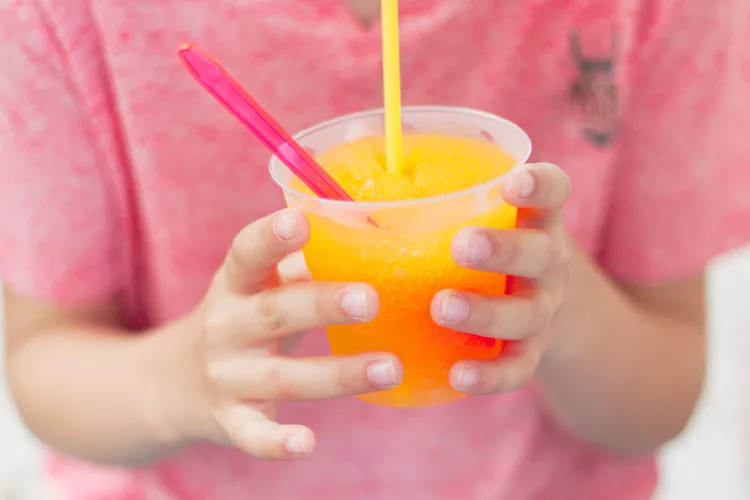United States: Each year, official statistics show that 21 pediatric patients needed hospital care because they drank glycerol-based slush ice liquid for a 15-year period across UK and Irish healthcare settings.
More about the news
Between 2009 and 2024, the Archives of Disease in Children reported that twenty-one young patients ended up hospitalized because they drank dangerous slushies.
The analysis indicates that 93% of children became ill within 60 minutes of consuming slush ice drinks that contained glycerol for slush texture since this exposure could trigger glycerol intoxication.
Symptoms shown by children
Hospitalized children demonstrated reduced mental awareness and hypoglycemia, together with decreased blood potassium levels, according to research findings, people.com reported.
Tests of the children’s urine detected glycerol in all specimens.
Furthermore, as per the study conducted by the health experts, none of the patients had a history of medical conditions. Results showed that 95% of the children “did not have reoccurrence” once they stopped drinking slushies following hospitalization.

The ADC announced a warning about ice drinks containing glycerol after testing the study outcomes, which directed children under age eight not to consume such products.
“Consumption of slush ice drinks containing glycerol may cause a clinical syndrome of glycerol intoxication in young children,” they noted.
“This mimics inherited disorders of gluconeogenesis and glycerol metabolism. Clinicians and parents should be alert to the phenomenon, and public health bodies should ensure clear messaging regarding [this],” they continued.
Furthermore, the Food Standards Agency recommends that children aged 4 years and under should “not consume” such slush ice drinks possessing glycerol “due to their potential to cause side-effects such as headaches and sickness, particularly when consumed in excess.”
Also, as people.com reported, glycerol is “generally thought to be safe in humans,” and it is an authorized group I food additive in the EU, under Annex II and Annex III of Regulation (EC) number 1333/2008, per the ADC.
The organization hence added, however, that “there is poor transparency around glycerol concentration,” possibly leading to children being hospitalized.














+ There are no comments
Add yours